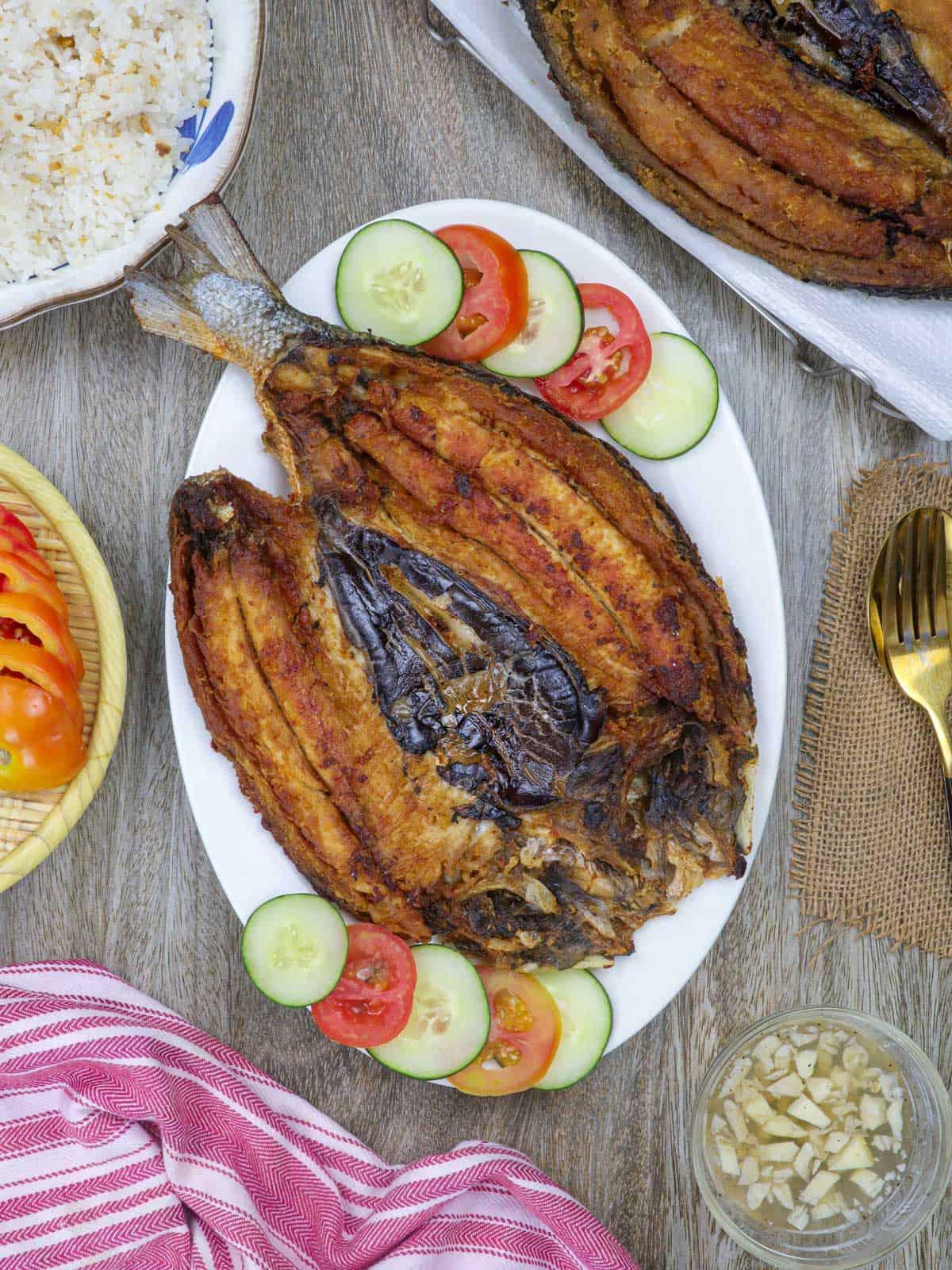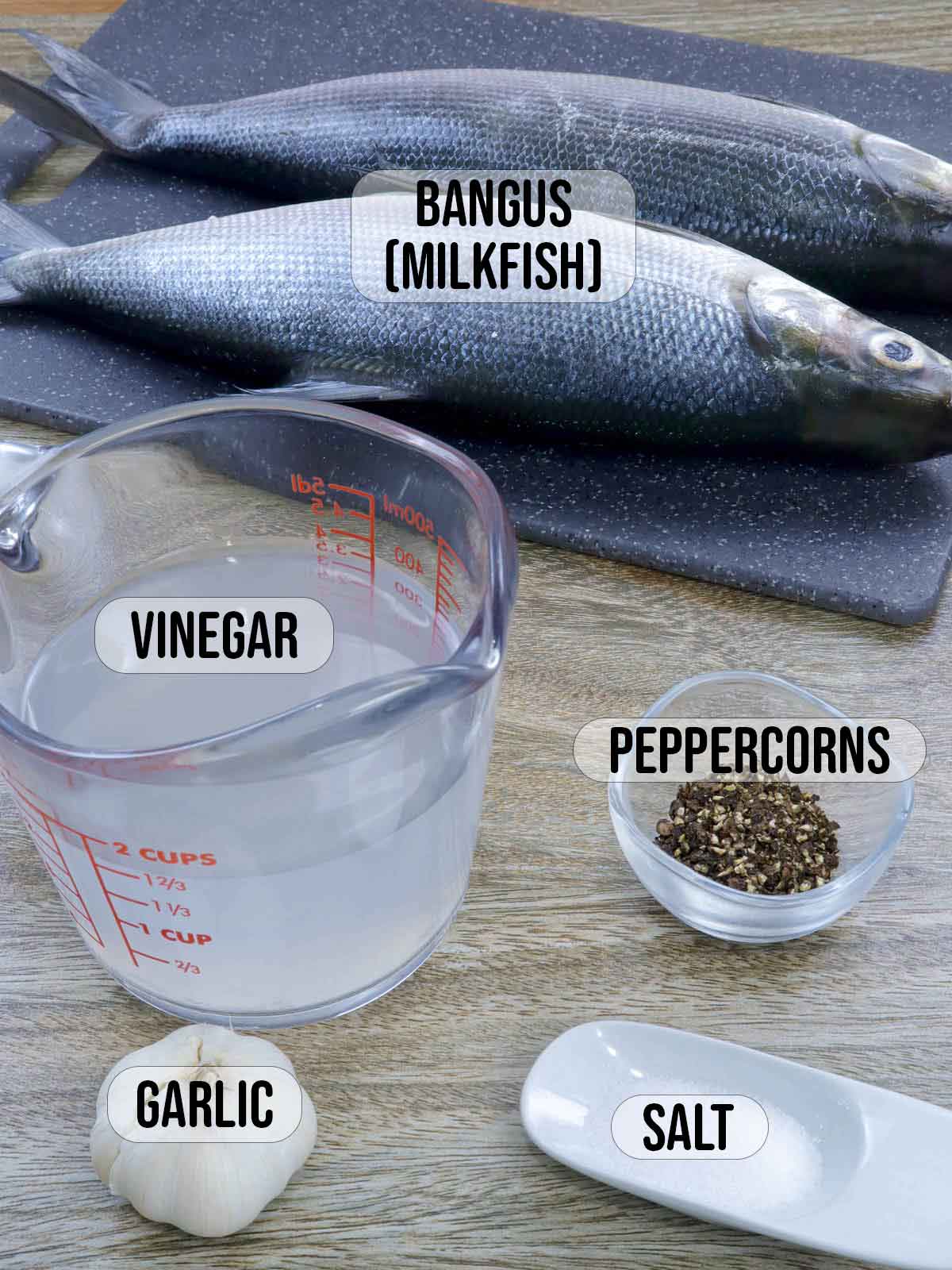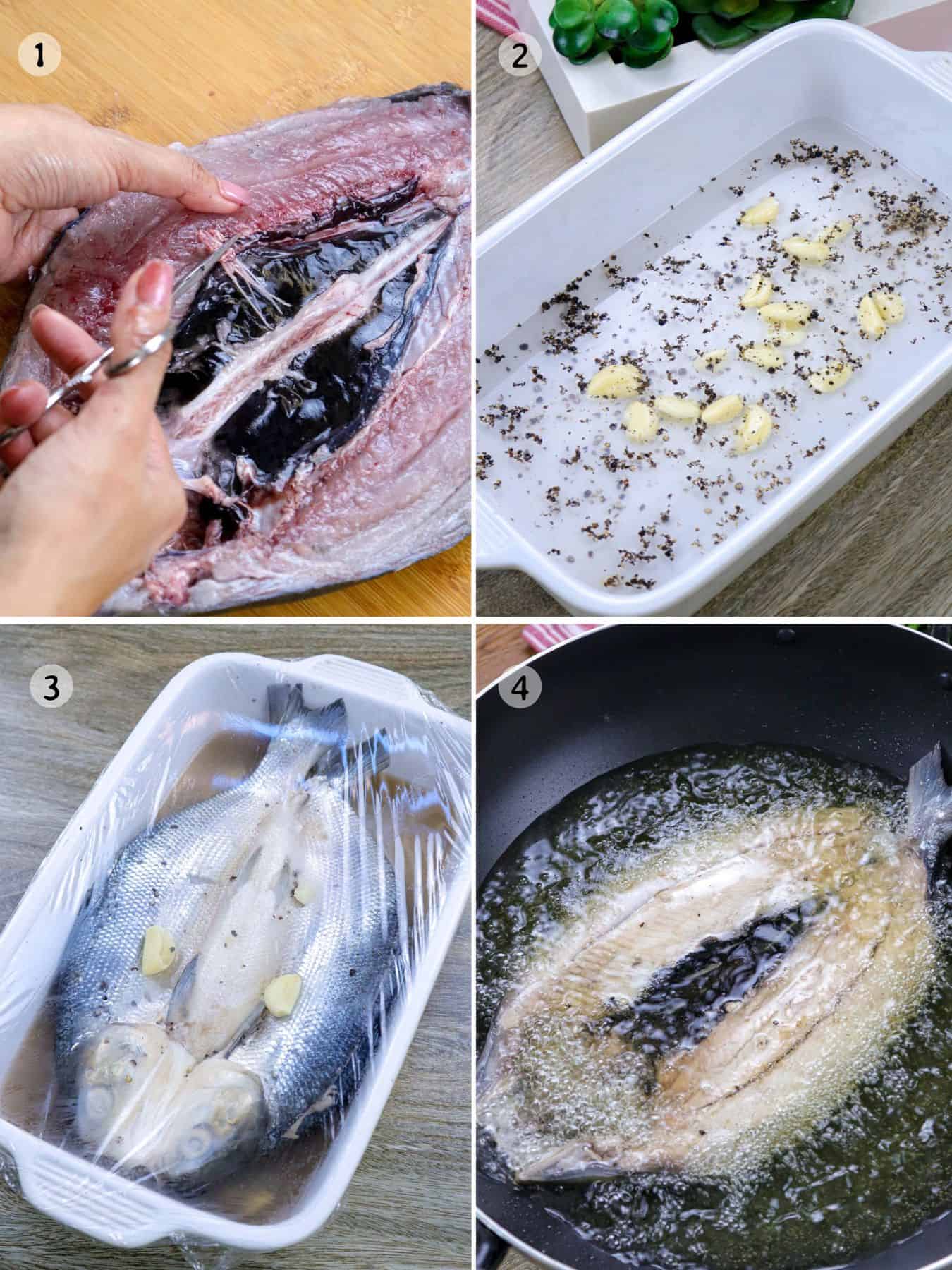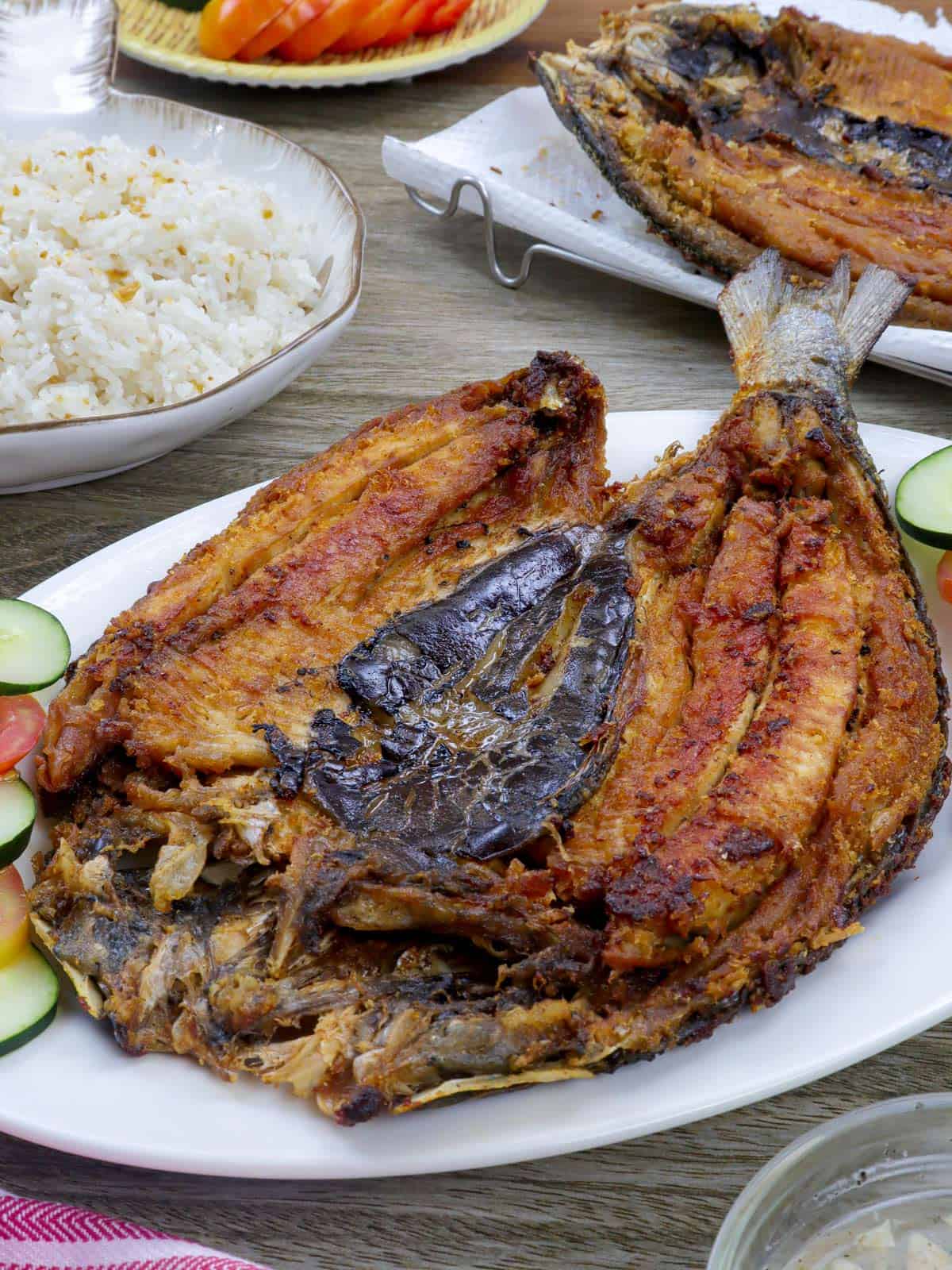Daing na Bangus is one of the best-tasting fish, in my opinion, but it can be a bit cumbersome because of all the bones. Watch the video to learn how to debone and make eating easier. Plus, try the simple marinade that makes the milkfish super tasty!

Starting a Kawaling Pinoy YouTube channel has been on my plan list since the blog's inception. It took a while to make it happen, but I'm happy to report I now have one that's 400-plus videos strong! Over the past five years, I've invested heavily in videos, and we've grown quite a video library. My goal, hopefully, is to have a corresponding one for every recipe on Kawaling Pinoy.
I am visual, and I think visual cues make learning easier. One good example is this daing na bangus post. I could fully describe how to gut, butterfly, and debone the fish, but the instructional video explains the process better than all the words I could have used.
What is daing
Daing is a Filipino style of food preparation where meat, fish, or seafood are split open or sliced thinly, salted or marinated in vinegar, and sun-dried. It was traditionally a method to preserve and prolong the life of food, with salt inhibiting the growth of bacteria and the sun's heat drawing out excess moisture.
In this bangus version, milkfish is gutted, split open, marinated overnight in spiced vinegar, and pan-fried until crisp and golden.
Ingredient notes

- Milkfish- locally known as bangus in the Philippines. Has a flaky white flesh that's mildly flavored, delicately textured, and generously studded with bones.
- Vinegar- Tenderizes the fish, provides a tangy taste, and acts as a preservative with salt to prolong the fish's life. I use coconut or palm vinegar in this recipe, but you can also use distilled white vinegar or apple cider vinegar, albeit with some minor changes in taste.
- Spices and seasonings- garlic, peppercorns, and salt enhance flavor. You can also add siling labuyo for a kick of heat.
How to make daing na bangus

- Clean and debone- Although daing na bangus can be scaled or unscaled, I prefer to keep the scales on to prevent the fish from falling apart during frying. Watch the video below for a visual guide on removing the bones.
- Make the marinade- Combine the ingredients and stir until the salt dissolves. Place in a flat, shallow dish that will easily fit the fish.
- Marinade the fish- Do not marinate the bangus for too long, as the acids in the marinade will break down the proteins and make the flesh mushy. I find overnight enough to achieve good flavor.
- Fry the marinated fish- Drain the fish well to prevent splatters. Use the right kind and enough oil for the best results. A neutral-tasting oil with a high smoke point, such as canola, avocado, vegetable, or safflower oil, works well for deep-frying.
Serving suggestions

Daing na bangus is traditionally served for breakfast with sinangag (garlic fried rice), sunny-side-up eggs, and a dipping accompaniment of cut-up tomatoes or spicy vinegar. It's also delicious for lunch or dinner with steamed rice and vegetable side dishes such as ginataang gulay.
How to store
- Cooked- Transfer the fried bangus to a container with a tight-fitting lid and refrigerate for up to 3 days.
- Uncooked- To store for later use, drain the uncooked bangus from the marinade and freeze them in resealable bags.


